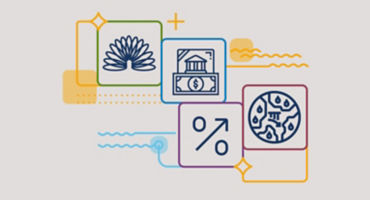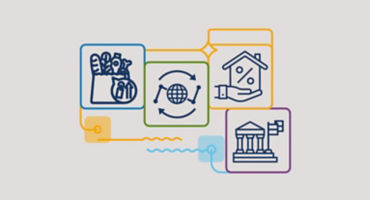2. What are the implications for other banks?
While it’s evident that SVB was an extreme outlier in terms of risk, the broader US banking system isn’t necessarily in the clear. Throughout 2021, many other banks accelerated the purchase of low-yielding securities. With the subsequent dramatic increase in interest rates, these banks now also have large, low-yielding, long-duration security and loan books that are deeply underwater.
In response to the shake-up in the sector, the US Federal Reserve (Fed) and Federal Deposit Insurance Corporation (FDIC) implemented extraordinary backstop measures on March 12. These measures, meant to boost confidence in the financial system, provide a liquidity backstop for the US banks, but fail to resolve the constraints on the asset side of the balance sheet.
While all banks have been impacted by the sharp rise in interest rates, the large banks with more than US$700 billion in assets are in a relatively advantaged position. For these larger banks, available-for-sale (AFS) securities and loans are already marked-to-market (MTM) through generally accepted accounting principles (GAAP) and regulatory capital.
Conversely, for banks with less than US$700 billion in assets, AFS gains/losses flow through GAAP only. This is how SVB was deemed to be solvent by regulators even though GAAP equity was less than US$0.
While the situation with SVB represents an extreme case, many other banks have large AFS losses that could become problematic under certain market and liquidity conditions. These securities are predominantly government-backed mortgage securities and government bonds, so it’s not credit, but higher interest rates driving losses. Banks with significant AFS unrealized losses remain at risk.








